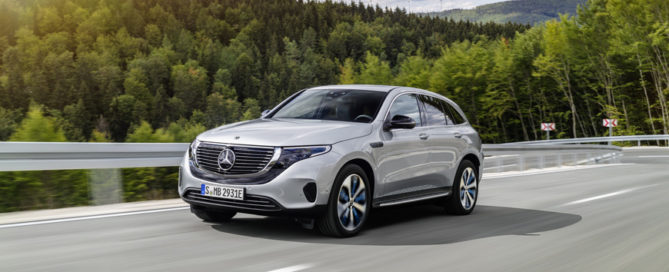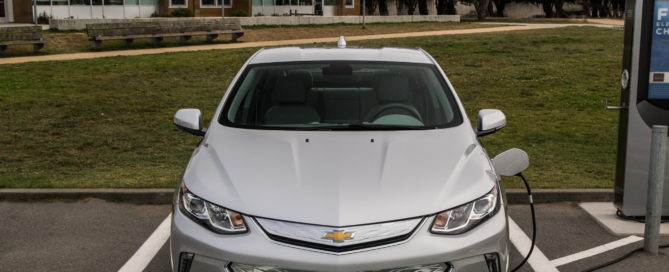The Art of the Sub-Brand: Eco-Friendly
The Art of the Sub-Brand: Eco-Friendly Eco sub-brands may be the new competitive battlefield By Randy Lioz, Editor, Car-ED.com | September 2018 When Toyota built the Prius into an entire sub-brand unto itself, it cast a green glow over the mothership. Now others are trying similar, yet distinctive, strategies in the alternative powertrain market. They range from creating different variants of a single model to planning the build-out of entire lineups. Here we'll take a look at what's out there right now and how things may develop in the future. Where did the trend start? 1st-generation Prius The Honda Insight may have beaten the Toyota Prius to the punch, as the first hybrid vehicle introduced in the United States, by seven months. But the Prius, particularly in its second incarnation, went on to become not just the most successful electrified vehicle in history, but one of the most successful single models of any type, selling over four million copies so far. Toyota realized the gold it had on its hands, not just as a financial success, but as a green halo for the entire brand. So it took the Prius nameplate and expanded it to a larger lineup, from the compact Prius c hatch to the Prius V tall wagon. It has since renamed its plug-in model the Prius Prime, seeking to further differentiate it from the plug-less hybrid, but still [...]

